Two major photovoltaic giants are trapped in 3 billion lawsuits, and it is too difficult for Chinese components to go to sea | Focus analysis
Author:36 氪 Time:2022.08.11
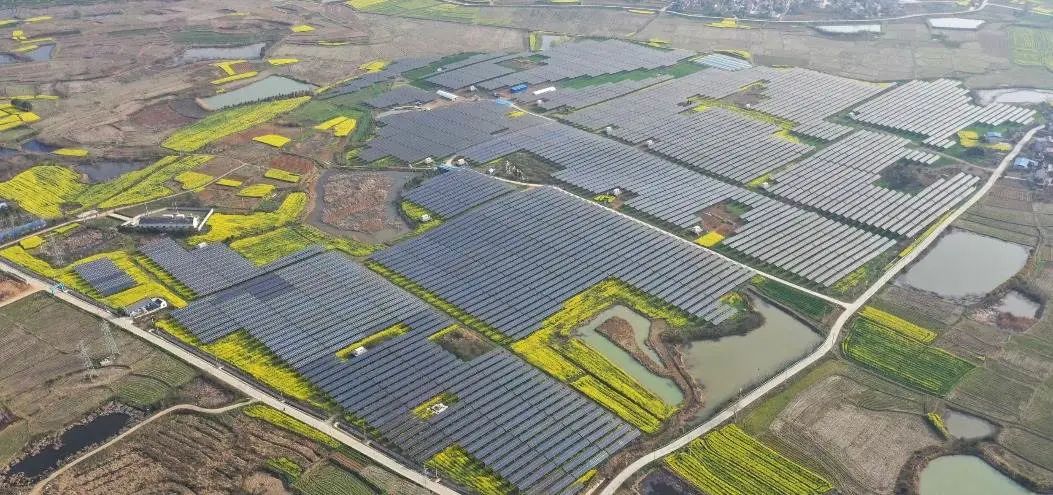
When overseas policies are unpredictable, the export business of Chinese component factories may still be suppressed in the future.

Wen | Yuan Silai
Edit | Su Jianxun
Source | 36 carbon (ID: carbon_36kr)
Cover Source | IC Photo
The impact occurred on the same day.
At the end of July, the two domestic Optics Valley components "Tiantuang Energy" and "Jingke Energy" issued an announcement, saying that they were in a lawsuit in the United States.
Tiantuangneng said that its US subsidiary was sued by Da Dal energy because the failure was failed to deliver components in real time, causing Daidal energy project losses. The other party requires that Tianheguang can compensate about 200 million US dollars. Crystal Energy involves arbitration, which is also related to the supply contract. The other party's request to pay damages, product expenses, delayed liquidated damages, etc., are as high as US $ 325 million.
According to the First Financial Report, Tianheguang can lawsuit involves unpack orders. In 2021, Daidal Energy signed a 900MW component contract with Tianheguang US company, with a amount of 300 million US dollars. The two parties agreed to be delivered from February to December this year. At present, there are obvious problems in delivery. The dispute between Crystalke or the order that has been delivered.
Tiantuangneng and Jingke Energy are component giants worth 100 billion yuan in the A -share market. The two have encountered a lawsuit at the same time to light up a bad signal for the market. The number of Chinese component factories is huge, and behind these two lawsuits is the shadow that is even more disturbing: when the overseas environment changes, the export business of the Chinese component plant may still be suppressed in the future.

Complex and variable policy
Tianheguang could not explain why the components were not delivered on time. The outside world speculates that it is because of the "Withold and Release Order", that is, the "temporary deduction". Exporting companies need to provide evidence to the US Customs and Border Protection to prove that the product is not forced to produce and manufacture in order to revoke WRO.
This policy affects more than one company. In 2021, the components that Jingke Energy, Ates, Tiantuangneng, and Longji were exported to the United States were detained.
Before WRO took effect in 2021, the leaders of Chinese components had noticed chills. The large manufacturers including Tiantuang Energy and Jingke Energy turned around Southeast Asia as early as 2015, and a large number of production lines were built locally. The products were exported from Thailand and Vietnam to the United States.
However, in 2021, the US seizure order directly targeted the products exported to Southeast Asia, and this secret road also encountered obstacles. Luo Shi Securities Analyst Philip Shen said in the report that component shipments exported to the United States in Southeast Asia will be delayed for more than 12 months.
After Europe's "anti -dumping" and "anti -subsidy" investigation 10 years ago, the sanctions were relatively mild in recent years. Europe has also become the main export market in China's photovoltaic products, accounting for nearly half of export photovoltaic components. In 2021, the Netherlands alone accounted for 24.3%of exports.
However, it is difficult to protect Europe and do not start with Chinese photovoltaic components again. Although the European Union now uses China's cheap photovoltaic components, countries are not willing to hand over the lifeline to foreign companies. EU Energy Specialist Kadri Simson said at the Brouser Industry Summit in 2022 that the European Commission should bring the manufacturing back to Europe, create European photovoltaic production lines, and "at all costs" for this goal.
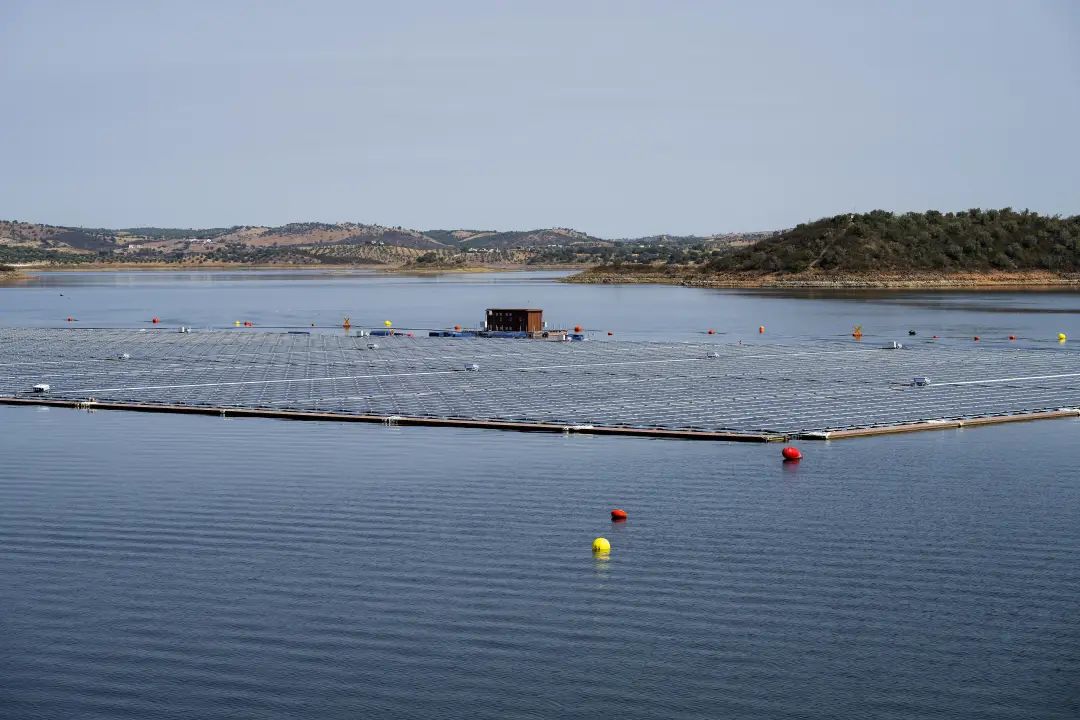
Alx, Portugal, panorama of floating solar power plants. Pictures from Visual China
Of course, the EU's attitude is suddenly so tough and more targeted at Russia. After the Russian and Ukraine War, the European Union hoped to reduce its dependence on Russia's imports of natural gas.
Reconstruction of the supply chain will be a slow and continuous process. This year, the EU Photovoltaic Association suggested to start a solar fund of 1 billion euros. In April, the Italian National Electric Power Corporation and its new energy subsidiaries have received a lot of investment from the European Union to enhance the manufacture of local solar components. This company will mention the manufacturing capabilities from 200MW to 3GW within 2 years.
Even if it takes many years, the return of the European industrial chain is a visible gray rhino for Chinese companies. If the domestic market grows slowly after a few years, domestic component factories will encounter a crisis of overcapacity.

Inside production, demand is outside
Even if Europe has lifted the "double anti" sanctions, the United States has relaxed the tariff policy, but the shadow has not dissipated. At present, China's domestic demand has no way to completely cover production capacity.
Chinese manufacturers in the "double anti" era ten years ago were "two ends outside", that is, the production of raw materials and markets was overseas, relying on foreign markets and supply chains, so they closed the industry after the sanctions.
Since then, China's photovoltaic industry has undergone supply chain reconstruction. In addition, the domestic market demand has increased due to favorable policies, and Chinese component manufacturers have restored their vitality. China has gradually become a global photovoltaic component production place.
This group of component manufacturers did have sweets from globalization. Compared with the Chinese market, we make better money overseas. According to the annual report of Longji Green Energy in 2021, its export component gross profit reached 19%, and the domestic sales gross profit was only 13%.
After the domestic "double carbon" policy, although the domestic industry heated up, overseas growth was actually more obvious. In the first half of 2021, the number of new domestic photovoltaic installed capacity increased by 12.93%, and the export growth increased by 24.21%at the same time. In addition to the growth of traditional European, American, Japan, and Australia, the demand for emerging markets in India and Brazil also became strong.
However, the overseas business environment is no longer stable in the past two years. Taking the third largest market in China as an example, in April 2022, the Ministry of Renewable Energy of India announced that it imposed 40%tariffs on imported photovoltaic components and imposed a 25%tariff on solar cells to promote local production. The leaders of Chinese components have been impacted.
Taking component leader Jing'ao Technology as an example, its overseas shipments accounted for 60 % of their overseas shipments in 2021. In the 2021 annual report, Jing'ao Technology proposed five major risks, all related to the global market fluctuations. In addition to the impact of industrial policies, international trade, and epidemic, the enumerated risks include the risk of logistics transportation and financial settlement brought by the Russian and Ukraine War.
On August 3, 2022, Shanghai Jing'ao Solar Technology Co., Ltd. produced workshop, solar panels and related components were produced from the flow line. Picture from IC Photo
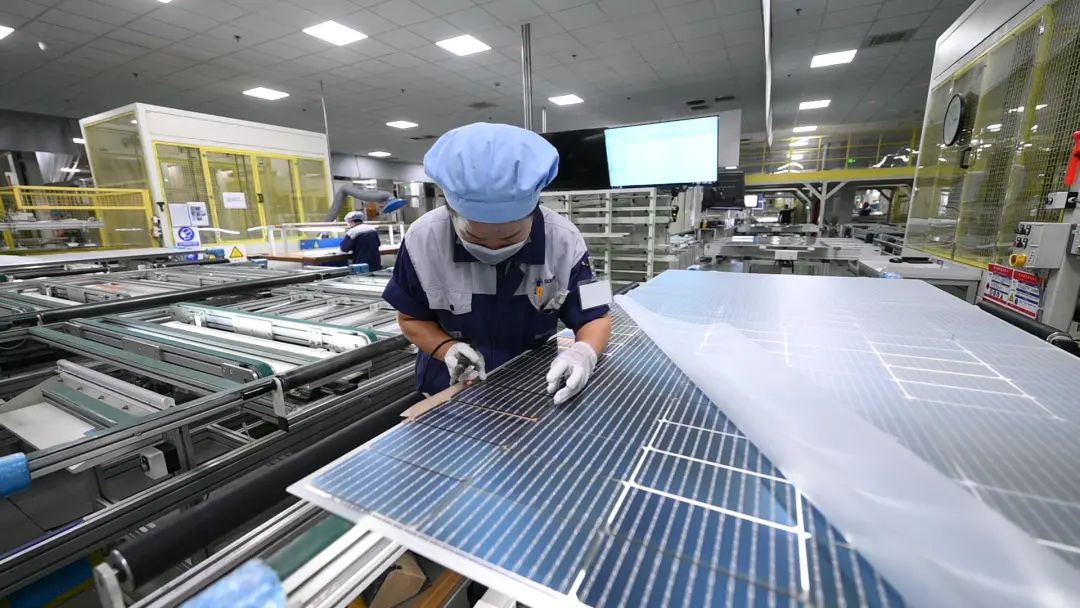
The crystal energy of this arbitration is also dominated by overseas markets, accounting for 75%of its overseas revenue. Malaysia and Vietnam have their manufacturers. In the 2021 annual report, Jingke Energy also mentioned the operating risks of overseas markets. Lian Longji Green Energy's overseas component sales revenue also accounts for 60 % of the overall component sales revenue.
Even if the amount of installed capacity is growing in succession, it is difficult to ensure that the industry can rise steadily every year. According to data from the National Energy Administration, the capacity of the new photovoltaic power generation parallel grid in my country in 2021 is about 53GW, which is the first in the world, but it does not reach the installation expectations of 55-65GW throughout the year. The installed capacity of other countries in the world reaches 80GW.
However, you need to see the potential of the domestic market. Although China ’s installation volume in 2021 has not reached expectations, it is still leading the world. As of the end of 2021, China ’s photovoltaic power generation grid -connected machine volume ranked first in the world for 7 consecutive years. In addition to the total amount, it is more considerable. From 2020, China's annual installation growth rate is double -digit. Coupled with the favorable policy of "double carbon", the domestic growth dividend will continue to release for a long time.
Of course, the short -term pain in the development period is inevitable. Longji's 2021 annual report performed unsatisfactory, leased storage costs and increased by 230 million yuan. The exchange profit and loss were raised 570 million yuan in the fourth quarter. These losses were mainly due to the poor operation of overseas markets. When the leader has to pay extra costs for policy changes, small and medium -sized companies with thinner profits will be more difficult to get.
36 氪 Public account

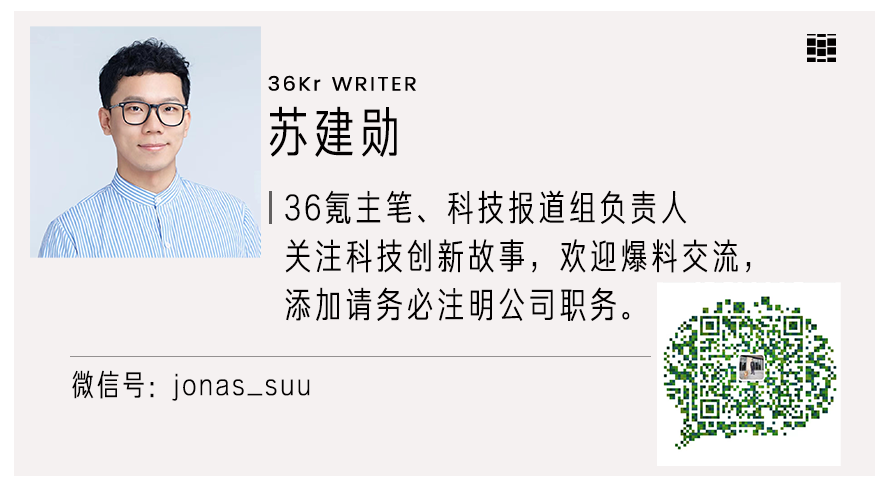
I sincerely recommend you to follow


Let's "share


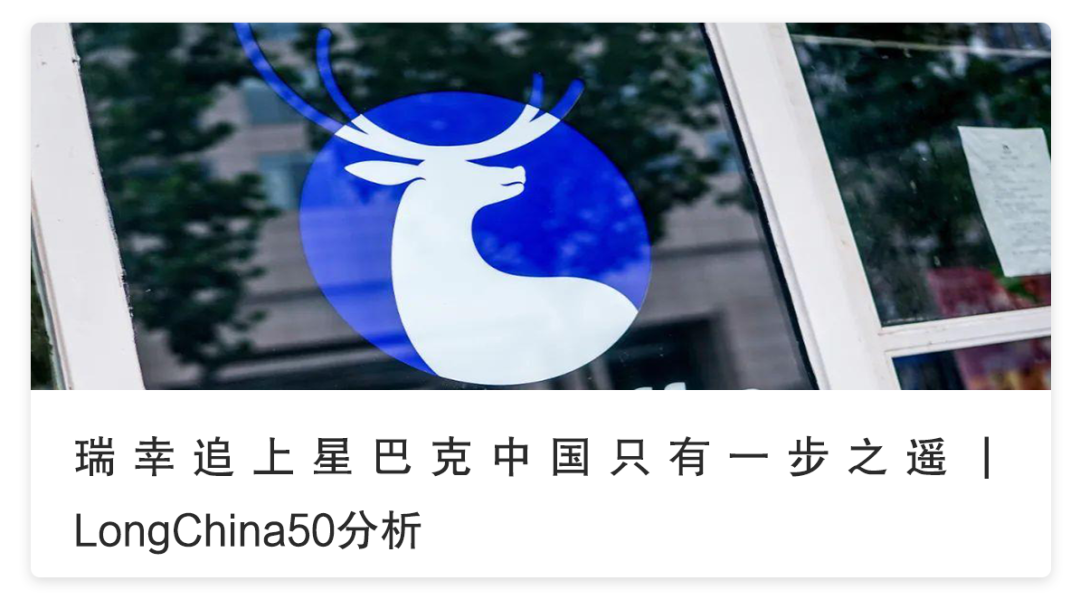

Chinese components out of the sea
- END -
Xiao Bian wrote this Guide of Qixi Valentine's Valentine's Love Guide

The annual domestic Xiu En Love Day is about to startSingle editor can't bear to o...
Two "gold" at the scene from south to north → Huai Rou's bumper harvest scene

When it was harvested for another year, Huairou's wheat field was already golden, ...